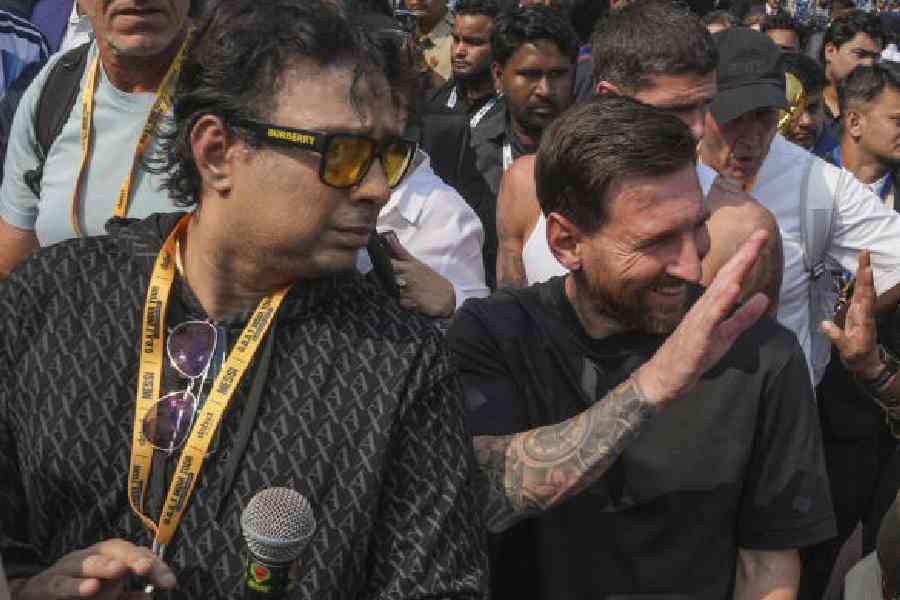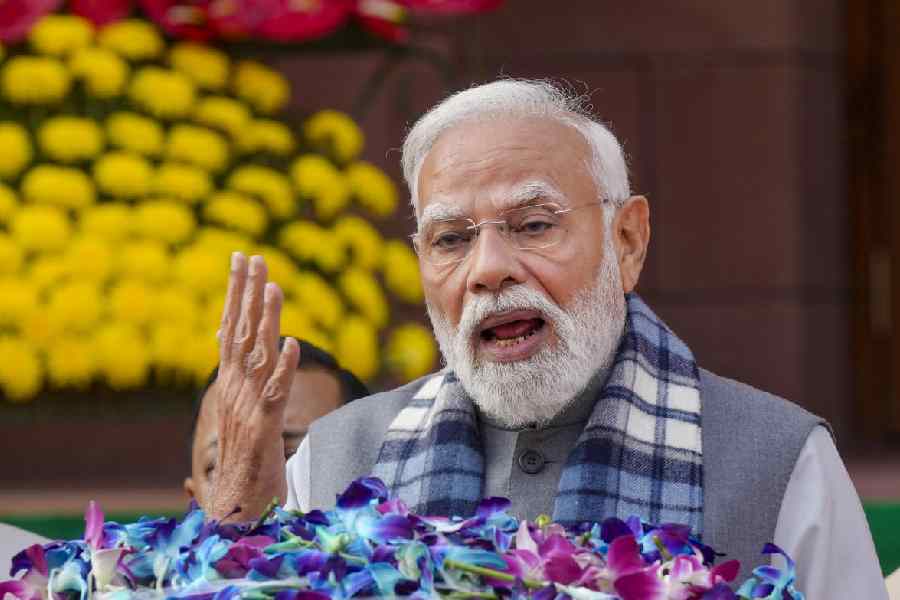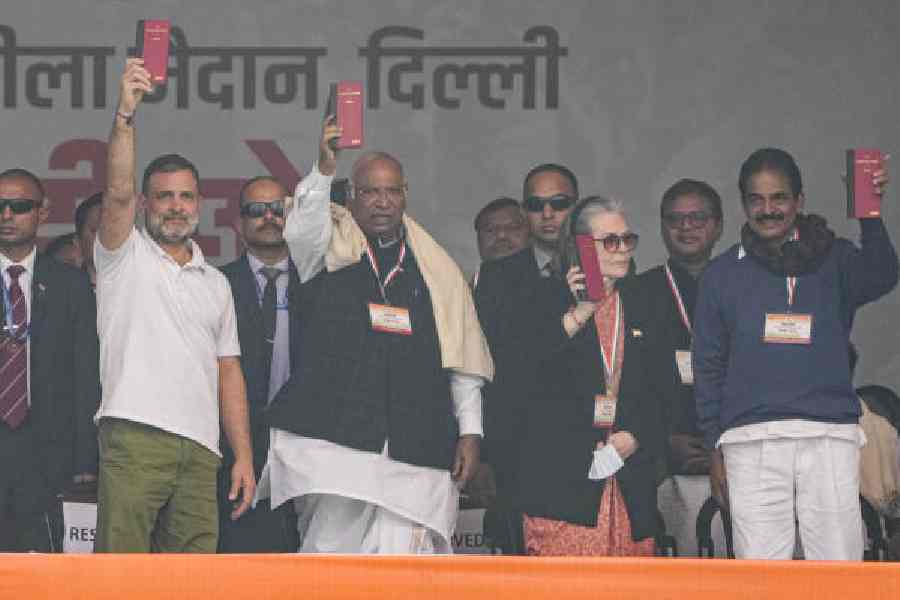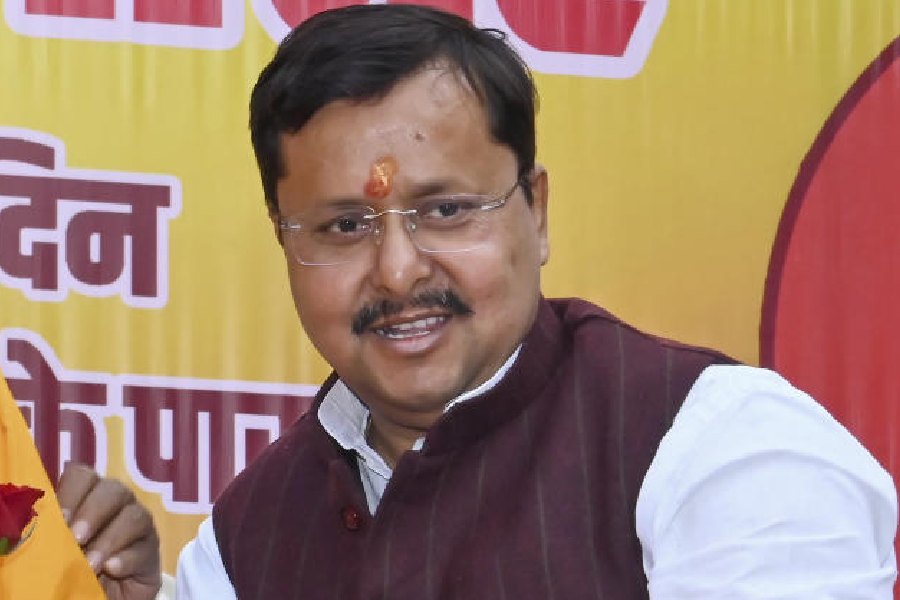 |
| Chris Messina |
Charlie Sheen got fired from Two and a Half Men in 2011 but the man took all the punches repeating one word: “winning”. Using the twitter hashtag #winning he told the world how pissed off he was. The # or the once-much-neglected button on your keyboard and telephone dialpad is now everywhere –– Twitter to Facebook to Google+.
And yet the man who invented the hashtag didn’t feel the need to patent it. “I had no interest in making money (directly) off hashtags,” he says.
Here’s an exclusive t2 email chat with Chris Messina, 32, the inventor of the hashtag.
First, the obvious question: What made you propose the hashtag; what was it originally meant for?
Basically a bunch of us early Twitter users were looking for a way to help us target our content more effectively, and give people a way to tune into conversations they were interested in. Lots of folks were suggesting that Twitter add groups (with all the typical management overhead) but I felt those ideas really weren’t mobile-friendly. It seemed to me that IRC (Internet Relay Chat, a protocol for live interactive Internet text messaging) had a useful convention for different “channels”, so I cribbed that and suggested that you could just add a special keyword (or tag) prefixed with “#” anywhere in your tweet, and it’d get “added to that channel”. Simple, efficient, and worked over SMS — which was the primary way I used Twitter back then.
 |
| Tara and I were just normal people who found each other at a very opportune time for ourselves and our industry, did some great things together, and then got to a point where we weren’t right for each other anymore. Being out there like that teaches you to have a thick skin, and to learn which voices are worth listening to |
The hashtag is everywhere, even in some newspaper writings. Did you ever expect the hashtag to catch on the way it has?
 |
In the beginning, no, not really. I thought I’d come up with a pretty clever hack to make my tweets more informative, but I didn’t really expect it to catch on. I knew that it could — it was so simple — but there were also so many detractors who really didn’t like them that I really didn’t know what would happen.
There were two critical moments that told me that they were going to take off, however. The first was when my friend Nate Ritter (a San Diego resident) switched from using “San Diego Fires” to “#sandiegofire” (at my urging) when he was performing one of the first acts of citizen journalism on Twitter in October 2007. The second was when House Republicans adopted the #dontgo hashtag as a form of protest relating to an important energy bill.
Both of these cases proved the value of the hashtag outside of my original geeky circle of friends and suggested that they were destined to break out of the Silicon Valley bubble.
Why didn’t you patent the hashtag?
I didn’t want to patent the hashtag for two reasons, primarily:
a) Claiming a government-granted monopoly on the use of hashtags would have likely inhibited their adoption, which was the antithesis of what I was hoping for. If hashtags were going to take off, they needed broad-based adoption and support — across networks and mediums.
b) I had no interest in making money (directly) off hashtags. They are born of the Internet, and should be owned by no one. The value and satisfaction I derive from seeing my funny little hack used as widely as it is today is valuable enough for me to be relieved that I had the foresight not to try to lock down this stupidly simple (but wildly effective) idea.
I also believed that I was solving a problem that needed to be solved, rather than trying to do something for money or business reasons. Sometimes money isn’t the best motivator.
Any example of the hashtag being used thoughtlessly?
This is an ironic question; hashtags should be able to be used thoughtlessly (that is, “without a thought”). There are certainly careless uses of hashtags, and those offences often occur when someone who is sharing doesn’t care for or empathise with their audience. For example, I see a lot of “#follow4follow” “#like4like” tags on Instagram, and I understand that people want to gain followers, but the best way to do that is to produce really good content that has value and meaning. That kind of behaviour isn’t restricted to hashtags though — it’s just a consequence of putting metrics on our social interactions, and reducing their authenticity and making them more gamelike.
What is the future of hashtags?
The future of hashtags is also the present. It’s opening up more people to awareness of them, teaching them how to use them effectively (that is, sparingly and intentionally!), and getting more services and social networks to adopt them. So long as people use text to communicate, I think hashtags will serve a useful purpose, and as more and more people become publishers, the desire to target content more specifically is only going to increase.
There have been plenty of folks who have thought that “adding features” to hashtags is a good idea, but I’m reluctant, not because I don’t think hashtags can or should change over time, but because they’re currently given to emergent phenomenon as it is. I mean, when I regularly see hashtags on TVs, taxis, billboards, on T-shirts, and even in the sky — I really wonder if adding anything more to them (explicitly) would really help the broad audience that already intuitively understands and uses hashtags today.
What were doing at Google, until a few weeks ago?
I was a user experience designer working on Google+. Right before I left, I redesigned the Google +1 button (similar in use to Facebook’s Like button) and the brand badges that you can embed on your website. Before that I was a developer advocate on the Google+ platform, which meant that I talked to external developers and companies about using Google technologies to build apps and power their businesses.
What made you join NeonMob (a social network, marketplace and community for collectors) and where do you see it in the coming years?
I discovered NeonMob just over six months ago. I discovered the site on Dribbble (a site for designers to share their work) and instantly became hooked. Eventually I met Mike Duca, their CEO, for coffee and we talked over his vision and the opportunity. Immediately I signed on as an adviser. The more I talked with the team, the more excited I got — to the point where I realised that this was an opportunity I needed to fully devote myself to.
 |
The hypothesis is that by creating artificial scarcity for an otherwise unlimited resource (digital art), you can increase the item’s desirability. It’s a little unintuitive at first, but over time (and with experience) it starts to become true. So in NeonMob, I see an opportunity to once again convince the world that a simple idea could change the dynamic between digital creatives and the people who enjoy their work.
I should also say that leaving Google wasn’t easy. It’s a great company with dedicated, brilliant people but it’s also a larger company and decisions require a lot of effort and consideration. The upside is that your product can reach millions of people; the downside is that you have to be very careful and intentional about everything you do. I got to the point where I wanted something a little lighter, that I could really get my arms and my mind around, and that’s when NeonMob happened to appear!
In 2008, San Francisco Magazine carried an article on your relationship with Tara Hunt (the two of them blogged and twittered about their relationship). That’s in the past. But do you think that article left you a bit naked?
For sure. But, I also look back at that time now and think about how much I’ve gained by learning to open up and be more transparent in my day-to-day life. It was worth it to be put out there like that, even if it was painful. Everyone experiences difficulties from time to time. There’s no manual that tells you exactly how to live or behave (nor should there be). And so, in a medium soaking with stories about celebrities and their insane lifestyles, one redeeming element of that experience was the general truth portrayed in the article. Tara and I were just normal people who found each other at a very opportune time for ourselves and our industry, did some great things together, and then got to a point where we weren’t right for each other anymore. We brought people through the process of creating communities like coworking, and then brought them through our dissolution. Being out there like that teaches you to have a thick skin, and to learn which voices are worth listening to. For me I learned to listen to and understand my own voice and, years later, I feel like a much different, more evolved person than I was then.
 |
A gadget you are dying to lay your hands on?
Of all the gadgets I could have, I’m most interested in a Tesla sports car. I’ve been in a friend’s and it’s so futuristic. Then again, I really don’t drive that much, so as far as gadgets go, its price point is probably just a wee bit high for the amount of use it’d likely get!
Finally, how often do you use the hashtag?
All. The. Time. I really do. In SMSs, in email, in documents I write. It just doesn’t end.
Mathures Paul
What does the hashtag mean to you? Tell t2@abp.in










